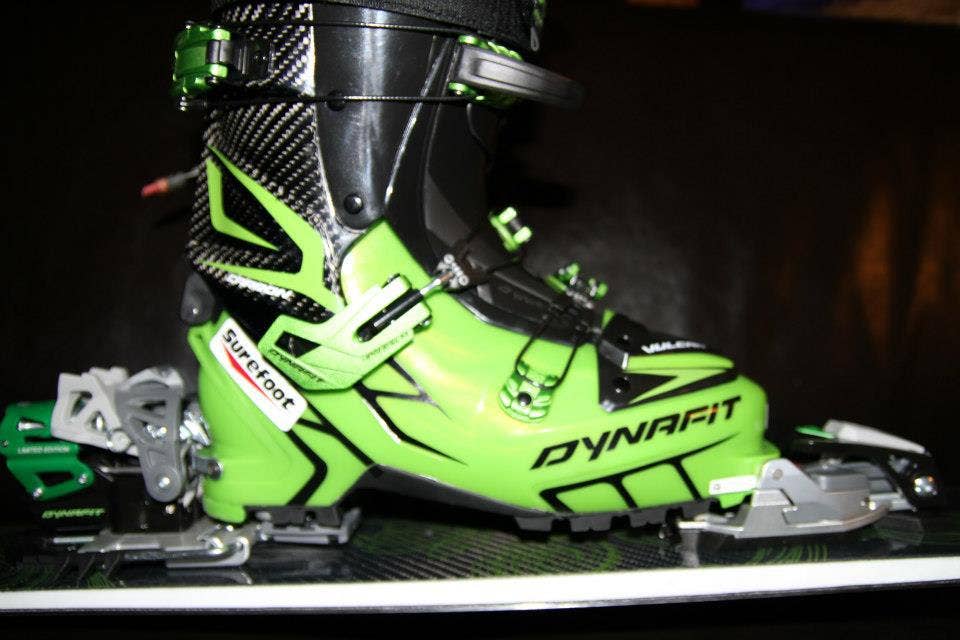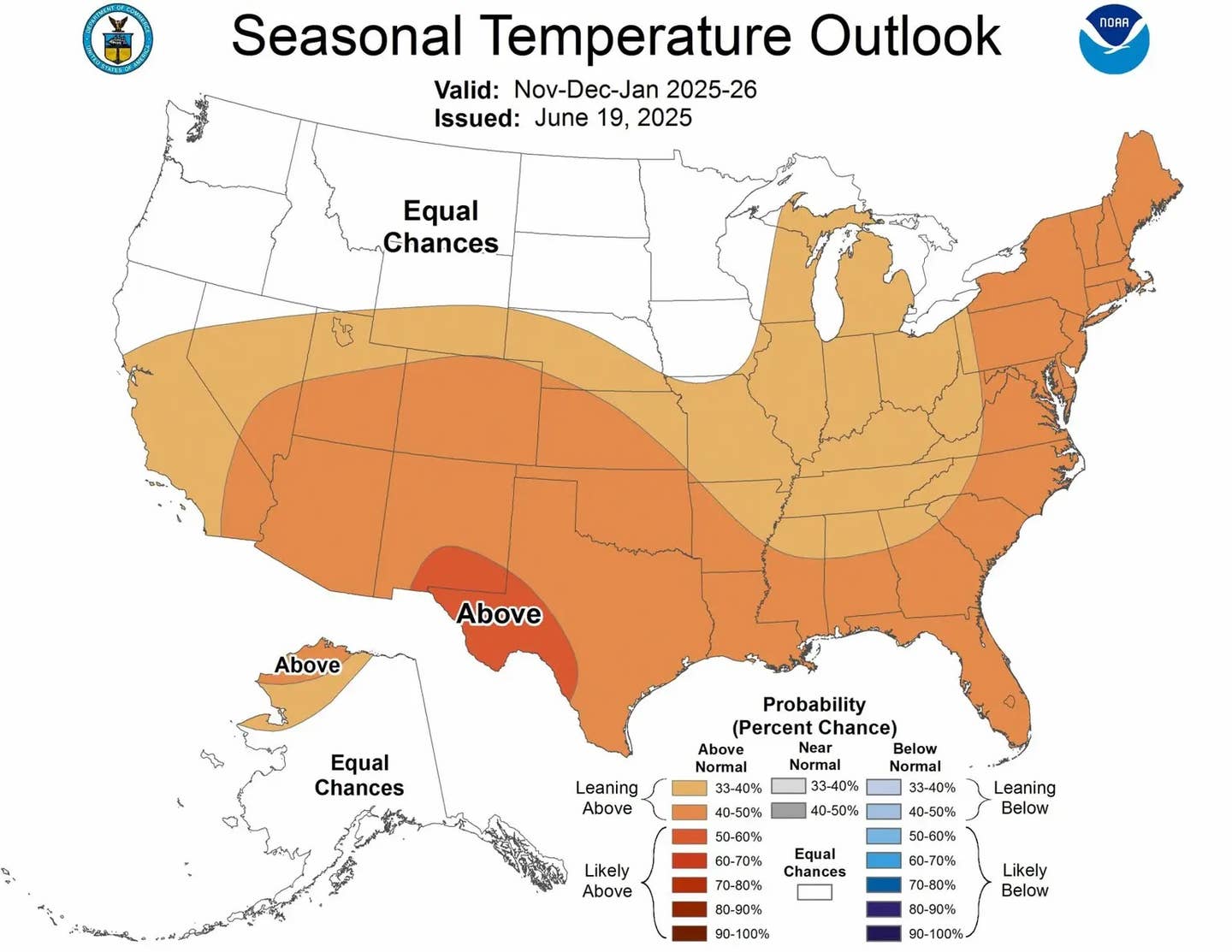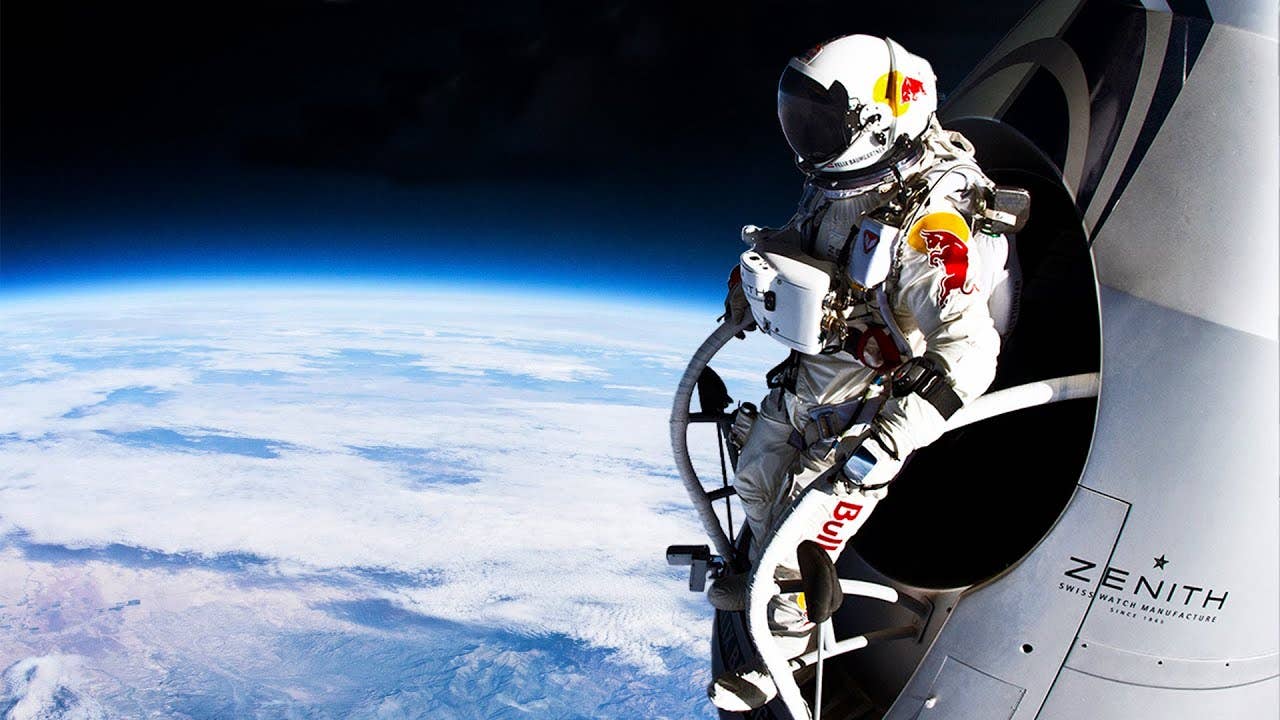Popular Stories
Review by Lee Lau with guest heavy weight comments by Toby Salin. Photos by Sharon Bader, Lee and Toby
In my
older review of the prototype version of Dynafit Vulcan alpine touring boot I said it was stiff but was lukewarm about the quality of its travel. The boot's designer told me to withold judgment till I had skied the production version; which was supposed to have a better flex pattern. Well here I am now Fede to tell you that you are right. The (production) Vulcans are among the best boots with which I have pleasured my toes. In short, they have the best touring performance - and - the best downhill performance of its class.
To recap, the Dynafit Vulcan is an alpine touring boot made by Dynafit that has tech fittings, is the top boot in their their '
Free Touring' line and therefore designed to be both about the up and down. It has a princely retail price of $1000. Weights for the 27.5 boot tested are virtually identical to the prototype and are as follows:(boot sole length 304mm)
•
1590g actual (with stock liner and tongue, identical to manufacturer claimed weight)
•
Stock liner is 308g (I used an Intuition liner in the boot in size 27 – weight 220g)
•
Tongue is 73g (I skied with and without the tongue)
If you want to read more about the Dynafit Vulcan and microparse every single finicky detail about the boots go here to the
TGR forums discussion thread where cube dwellers fantasize about gear that makes them ski better or read on ....
Recycled video from earlier TGR article shows how Hoji came up with the idea behind what becomes the Vulcan
Features
Much of the substantive discussion about the Vulcan will repeat observations from my older Dynafit Mercury review for TGR. This is not surprising as the differences are in the carbon components of the Vulcan, and the lack of hard flex stop limiters in the Vulcan shell. I'll repeat what I said earlier about this lineup of Dynafit boots so this article will stand alone
Here are features of the Vulcan worth mentioning:
•
Three buckle boot with inner and outer tongue. Outer tongue can be removed to decrease stiffness, but adds range of motion in the touring stride.
•
Ultra-lock walk mode; one buckle closure to go from walk to ski mode.
•
60 degrees of floating cuff engaged via the Ultra-lock Walk mode.
•
Lower shell is the exotic Grilamid plastic designed to be stiffer yet maintain the same basic feel through temperature variations.
•
Upper cuff is a exoticly sexy carbon and is stiff as stiff can be.
•
Soles are not removable.
•
Two lean positions: 15 degree and 18 degree.
•
Pretty much useless power strap. I don't even bother using them touring pow. I resort to them as a crutch and use them with the tongues when skiing inbounds. Per the manual remove them from the back of the boot and insert them through the webbing in the tongue to use them properly

Dynafit Vulcan boots with Intuition liners
Personal biases and test conditions:
I weigh 165 lbs and ski mainly in the Coast Mountains of British Columbia in the Whistler area. Toby my guest reviewer is 210lbs and a bulldog power skier of the highest order (althought with exceptional technique) and also lives here. Both of us ski in usually in fairly high moisture-content snow and both of us prefer for bigger skis and boots. Both of us ski about 100 days a season although by far most of my skiing is touring while most of Toby's skiing is resort or slackcountry.

No interior hard stops in the Vulcan boot cuff
Fit and the Intuition Liner
I have a traditional Asian foot. This means that my forefoot is wider then most and I have almost no arch. The Vulcan has a flat boot boot board (see above picture) so you can add padding to get the fit you want. It's not the “performance” (ie tight) last of the TLT5 boot but feels more like the Titan and ZZeus. The OE Dynafit liner is tightly lasted so it will almost certainly feel tight in the store. Cook the liner before getting out on the boots (I actually put two toe caps on the liner). The liner is very thermomoldable so it will conform to your foot.
To add more data I'm on a 27.5 boot (boot sole length is 304mm). I fit a Dynafit TLT5 Performance ZZeus, Titan and Titan UL in 27.5 and a Scarpa Maestrale RS, Maestrale, Mobe, Skookum, Spirit 4 and 3 in 27.

Dynafit Vulcan (with the Beast binding on a couch of the finest Corinthian leather)
Uphill:
It is no exaggeration that the Dynafit Free touring line changed the way people thought about touring boots. It used to be that touring performance traded off on downhill performanace. With this platform Dynafit has dispensed with the compromises; this is epitomized in the top-of-the line Vulcan.
The Vulcan is fairly light at a weight of approximately 1450 grams (I tour without the tongue and on Intuition liners).. The free-floating cuff and full benefit of the touring range of movement is best experienced with the tongue removed. However, you still enjoy a relatively resistance-free walk mode even when using tongues inserted. The boot is a bit of an initial spiderweb to get on with the buckles and bits of plastic all over the place (especially if you are touring with the tongue). Once you get the boot on transitions from uphill to downhill are super-fast; simply flip open or closed the buckles. The buckles are cleanly arranged so when opened they stay out of the way and aren't susceptible to being broken off; a nice attribute for bootpacking.
Two hitches I noted with the Dynafit Mercury also exist with the Vulcan. The square knob on the inner soft tongue of the boot which is meant to receive the harder outer tongue is high enough that re-inserting the tongue for downhills in deep pow is an exercise in frustration. Either cut off or dremel that square knob down or resign yourself to skiing with or without tongues during your day's tour. Additionally, the black plastic closures of the upper buckle can sometimes catch on themselves while attempting to close the upper buckles. If you feel something catch, don't try to force that upper buckle closed; simply fold one plastic piece under the other and try again.

Join Our Newsletter
Decker in the Blackcomb backcountry
Downhill
I've got some of the deepest experience about alpine touring boots of any reviewer so don't typically get too excited about any kit no matter how bling. I'll say it once. Not only is the Dynafit Vulcan perhaps among the best touring performance boot I've ever had on my feet, it is also the best downhill performing alpine touring boot with which I have pleasured my feet. If you want to know how it compares to other boots, please read this thread in the TGR forums and ask away. It feels smooth and progressive without the tongue. With the tongue, it feels more supportive fore/aft, stiff laterally and most importantly still feels smooth and progressive.

Mt Pattison - Blackcomb Backcountry
Because I'm not big enough to really drive a boot hard inbounds here’s some input directly from Toby S. of Whistler (former East-Coast skier, 8 year Whistler full-time resident with family, business etc. who skis 100+ a year and who tears my legs off whenever I do a run with him. I lent him my Vulcans for a couple of weeks and literally had to beg to get them back.
There are some claiming the Vulcan lacks a progressive flex, but I disagree and found it to flex through stiffer than my Lange 140 RS plug boot, so I'm thinking those who aren't feeling it just don't have the weight/power to really ski it like it was designed.
As far as I'm concerned, the Vulcan is there. I had a solid pow day at the resort today and really skied it like I would in my alpine boots and felt pretty much dialed. The boot is very stiff, so I was skiing the top buckle practically loose, cranking the middle as hard as I could and just shutting the end one so it's out of the way. Felt about as progressive a flex as any boot
I've skied. That being said, I think it requires a bit of weight and aggressive style to truely feel dialed in. I think folks can really geek out on this stuff and over analyze little nuances to the point of it becoming an issue in their mind, but when you get it out on the hill and just ski, the boot is legit and could easily be skied as an everyday boot, no problem.
I've tried every A/T crossover boot made. Titans, Adrenalines, Factors and whatever else POS has come down the pike in the last 5 yrs. I never felt good enough about any of them to actually purchase, so I stuck with touring in alpine boots, which worked for me because the longest I would go is a two day overnight tour. After that I would just rent lightweight stuff and deal with less control on the descent.
For me, it's all about enjoying a big descent. I don't really get caught up in how I got there. Whether it's by heli, sled, my own power, it doesn't really matter because my main focus is the sking, so I like to have a strong set up no matter where I go and I'm willing to drag a few extra pounds along to achieve that feeling. The thing I like about the Vulcan is that you have the best of both worlds.
I asked Toby to abuse the boots as if they were his own. Mainly because I thought it would be good to see what big guys who aren't used to AT gear would do to light gear. Here's his report:
I broke two buckles on the left foot. The middle buckle broke under tension from trying to buckle it. The end one wire bail snagged on something and ripped off the boot. Too light weight, but thats what hapens when they're counting grams. I would suggest an alpine style buckle in the middle to avoid snagging, ease of use and attracting the non A/T boot crowd.
I do think durability will be an issue down the road if someone like me were to use for an everyday boot, but it will be fine for the person only getting in 40 day seasons, which is probably the majority of the market they're targeting.
Just in case you need any more amusement here I am trying to follow Toby around in the Blackcomb trees:
Blackcomb Trees March 16, 2011 from Lee Lau on Vimeo.







